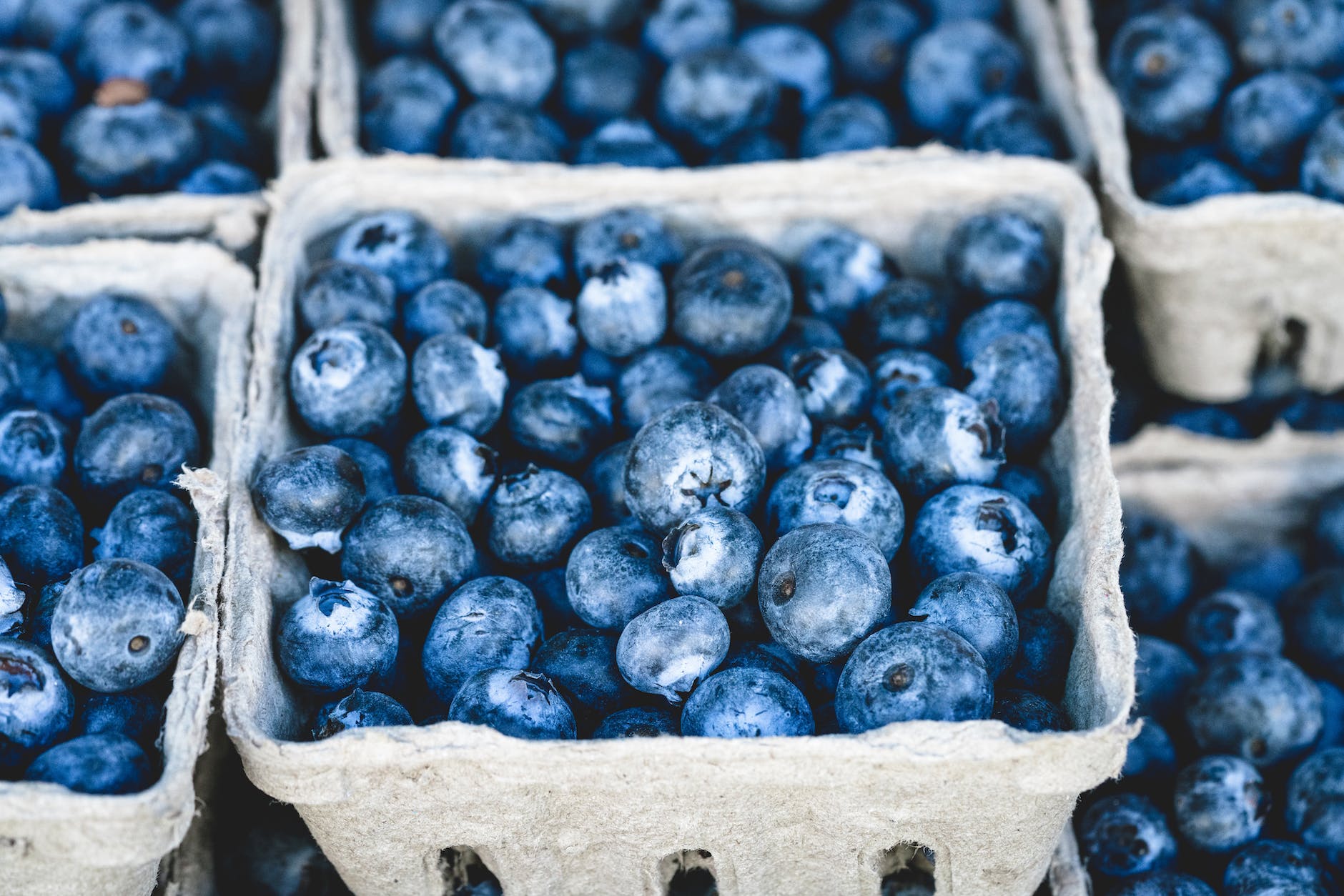Introduction
In the retail sector, fresh food items are a significant part of the inventory. They account for an estimated 38.9% of the total value of products frequently running out of stock. As a retailer, managing the inventory of these perishable items is a delicate balancing act. Too little can lead to lost sales, but too much can lead to waste. This article explores smart inventory management strategies for fresh food and how effective e-commerce can help you strike the right balance.
The Importance of Smart Inventory Management for Fresh Food
Having the right amount of fruits, vegetables, meats, and other fresh produce on the shelves is crucial. However, optimized replenishment can be challenging due to factors such as seasonality, changing customer preferences, and varying food characteristics. For instance, the shelf life of organic food can be affected by weather conditions like intense sunlight exposure. Furthermore, customer demand for organic products can fluctuate with price changes.
To determine the required inventory, retailers must identify patterns over time by collecting sales and order data. This involves understanding:
- The quantity sold for each item category or individual items over a while.
- The impact of events and seasons (e.g., Christmas) on customer demands for specific products.
- The different ripeness levels customers order and whether it varies with the season.
- The factors leading to manufacturers delaying delivery or dropping out due to low crop yields or supply chain issues.
To make inventory management less laborious, you might need to reduce the variety of inventory and focus on a smaller selection. This allows for more accurate stock-level insights. Furthermore, it’s essential to factor in surprises. Supply chains can be impacted in the blink of an eye, as demonstrated by the COVID-19 pandemic. Therefore, having a list of alternative suppliers to restock your shelves is vital.
The Role of Automated Inventory Systems
Modern grocers looking to track sales and identify long-term patterns can invest in an automated inventory system. Such a system can integrate with the point-of-sale (POS) system and e-commerce platform, constantly collecting data and counting every inventory in and out, offline and online.
With an improved understanding of customer behavior and inventory data, stores can use marketing to influence orders. For example, if you’re running out of Granny Smith apples, a smart inventory system can suggest your digital customers buy Pink Lady apples instead. It can even offer an enticing discount to encourage them to change their minds.
Getting Started with Optimized Inventory Management
Ready to take your business to the next level by optimizing your inventory management and increasing sales? Here are three simple steps to get started:
- Trial a platform: Platforms like Local Express offer free trials, allowing you to see the benefits of their services before making a commitment.
- Set up your store: Let the platform get to know you and your business. This will enable them to set up your store in a way that’s perfectly suited for your needs.
- Run your store: Once your store is ready, all that’s left is to run it and take advantage of all the benefits the platform offers.
In conclusion, smart inventory management for fresh food is a critical aspect of retail operations. By leveraging data, automating processes, and employing effective e-commerce strategies, retailers can optimize their stock levels, minimize waste, and enhance customer satisfaction.



